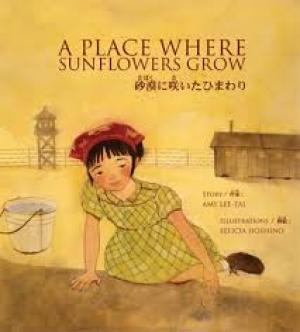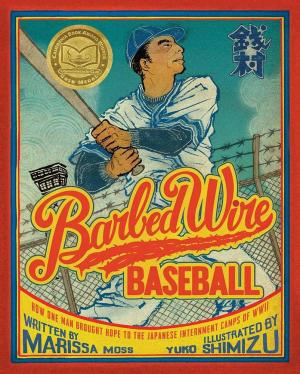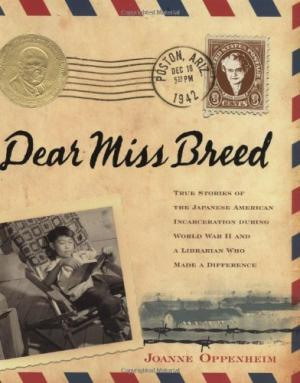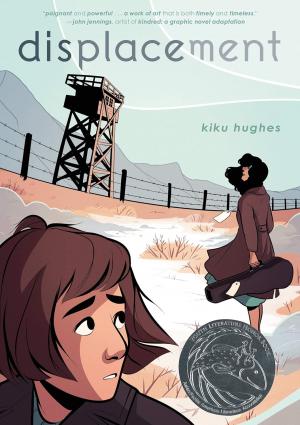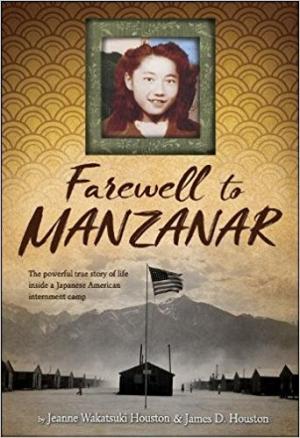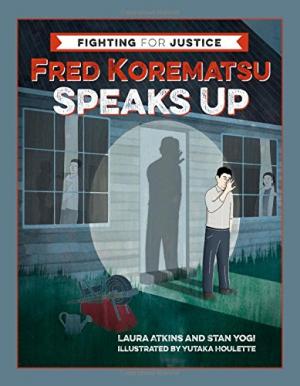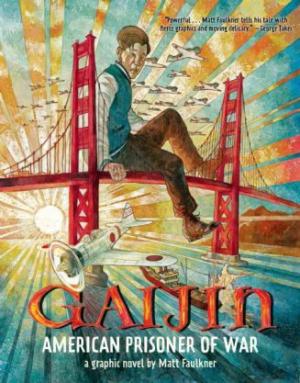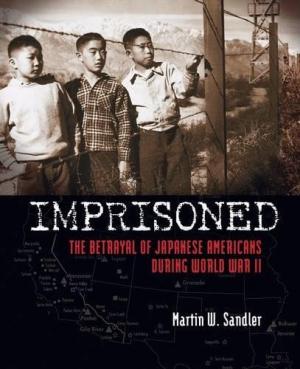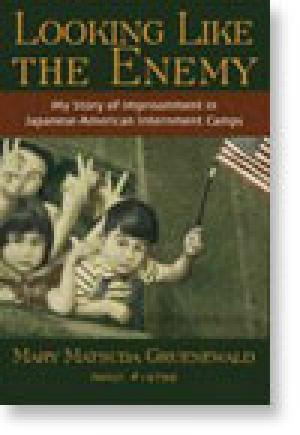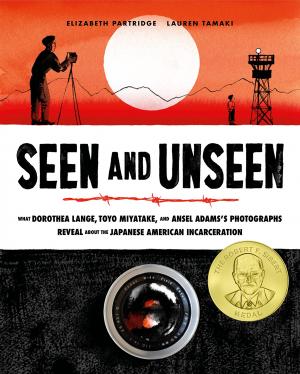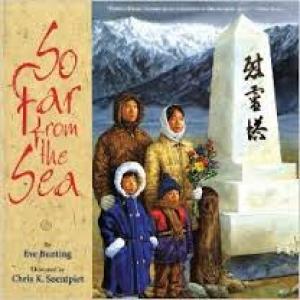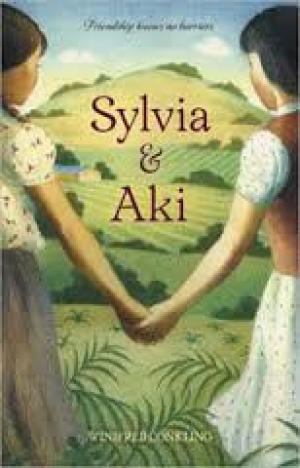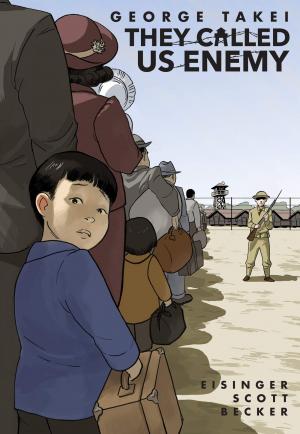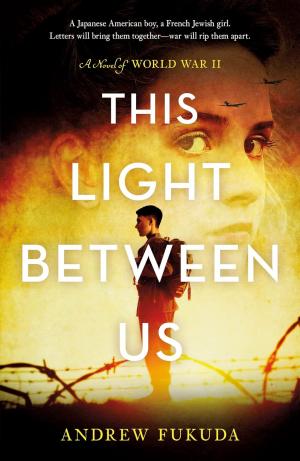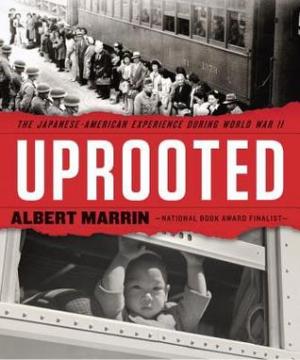Japanese-American Incarceration During World War II: Books for Kids and Young Adults
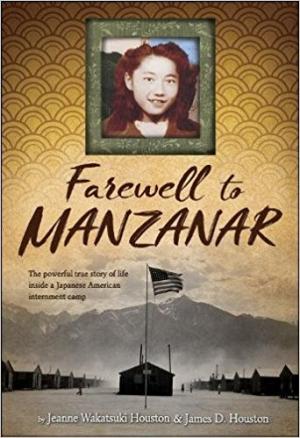
These books for kids and teens tell the stories of Japanese-Americans who were sent to internment camps during World War II. They include picture books, novels, autobiographies, non-fiction collections, and graphic novels; many are set before and during the war, while others are more contemporary and look back at the internment camps and their painful legacy. These books provide an excellent entry into discussions about this period of U.S. history, civil rights, and social justice. For teachers interested in continuing discussion of the 1944 Supreme Court case Korematsu v. United Sates, see this article from The Washington Post.
Behind Barbed Wires: Japanese-American Internment Newspapers
Behind the barbed wire of assembly centers and relocation centers around the country during World War II, interned Japanese-Americans produced newspapers to chronicle the stories and experiences of their community in a time of crisis. Students can see this newspapers online in this Library of Congress collection.
Lesson Plans
- Bearing Witness to Japanese American Incarceration (Facing History)
- Righting a Wrong: Japanese Americans and World War II (National Museum of American History: Past Exhibit)



